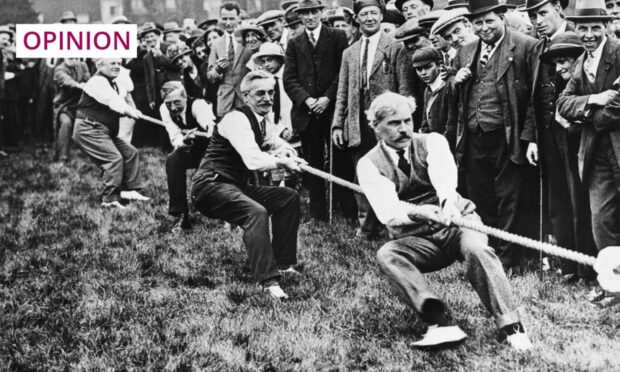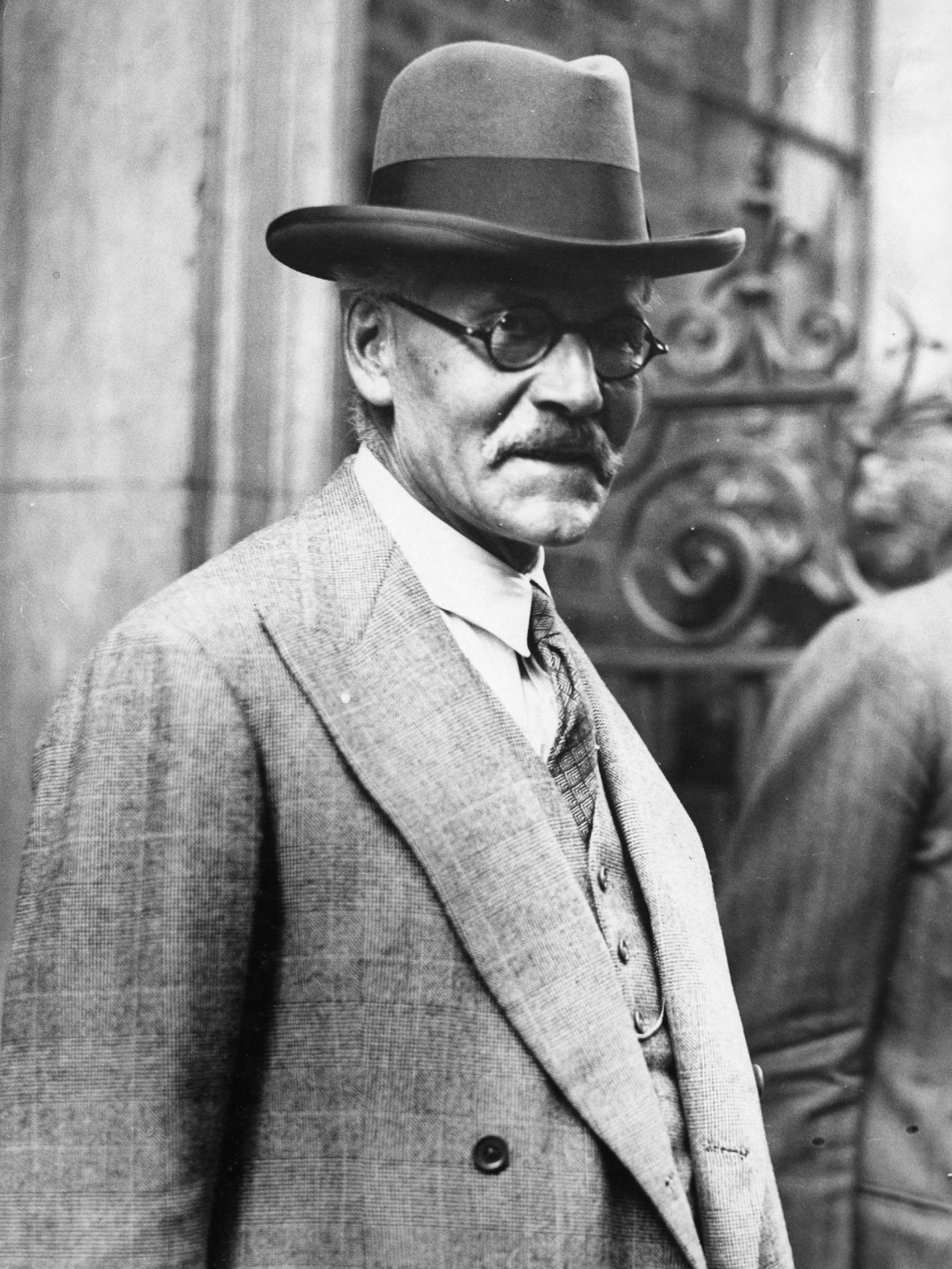In the early part of 1866, Anne or Annie Ramsay, a teenage servant working in a Moray farmhouse not far from Elgin, discovered she was pregnant.
Her baby’s father, MacDonald by name, was a ploughman on the same farm. There was, it seems, some talk of marriage. But this didn’t happen. Instead, Anne went home, moving in with her widowed mother, Isabella: a far from prosperous dressmaker living in the Seatown area of Lossiemouth.
There Anne’s baby, a boy, was born on October 12, 1866. And when Anne, now a single mother, called three weeks later at the business premises of Alexander Wiseman, a Lossiemouth grocer who doubled as the town’s registrar, she’d have had no alternative but to watch Wiseman add to the record of her son’s birth – as the law then demanded – the term “illegitimate”.
Anne’s story was a familiar one in the Victorian north-east of Scotland – so familiar as to bring down on the region the wrath of churchmen, outraged by the fact that as many as one in six of the births registered in counties like Aberdeenshire and Moray were births of babies born “out of wedlock”.
This supposedly scandalous state of affairs was a consequence, or so it was said, of the way the north-east’s farmers took on workers. Ploughmen, cattlemen and others depended on six-month contracts or “fees” – engagements entered into at “feeing markets”, where crowds of men waited to be hired by farmers whose workforces might run to 10 or 20 hired hands.
Accommodated in single-room “chaumers” or slightly larger “bothies”, and denied worthwhile time off, these mostly young men were inclined to seek out the only female companionship that was readily available. This consisted of the young women employed in farm households where, as kitchen maids or “kitchie deems”, they cooked and otherwise looked after both the farmer’s family and the farm workforce.
From Lossiemouth to the Labour Party
Perhaps predictably, then, it was all too common for a kitchie deem to be left an expectant mother by a farm labourer who, at the end of his six-month fee, had headed off elsewhere.
But, if there was nothing unusual about what led to Anne Ramsay’s pregnancy, there was much that was to be exceptional about her son.
Though she wanted him to have his father’s surname, she’d been obliged – being unmarried – to register him as James MacDonald Ramsay. But, by his mother, his grandmother and everyone else in the Lossiemouth of his boyhood, he’d be known as Jamie MacDonald – or, more formally, as James Ramsay MacDonald.
In January 1924, 100 years ago this month, this same James Ramsay MacDonald, then 57, entered 10 Downing Street as Britain’s first Labour prime minister – an achievement that seems all the more striking now that our politics has, for so long, been dominated by the wealthy products of fee-paying schools.
Ramsay MacDonald’s later career – especially his response to the 1930s depression, when he agreed to head a National Government backed mainly by Conservatives – would lead to his being thought a traitor to the Labour cause. That has had the effect of overshadowing his 1924 success – the product of immense effort, personal and political, on his part.
Moving first to Bristol and then London while still in his teens, MacDonald, on the edge of penury to start with, threw himself into socialist politics. With the formation of the Labour Party in 1900, he became a key party figure and, by 1906, was one of just 29 Labour MPs.
Leading Britain’s first Labour government
MacDonald’s opposition to British participation in the First World War brought down on him a torrent of abuse, with some of the more muck-raking insults deriving from his illegitimacy. Surviving both this and the loss of his seat in the 1918 general election, MacDonald was back in parliament by 1922 when he was elected Labour leader – taking the party into government two years later.
Britain’s first Labour government, without a majority in the Commons, lasted just nine months. But MacDonald and his largely working-class colleagues scored some real successes – most notably an act paving the way for a major expansion of council housing.
And, despite Labour’s loss of office in the election of October 1924, that same election, in which the once mighty Liberal Party was annihilated, showed that Ramsay MacDonald had done what he’d set out to do at the start of his long involvement in left-wing politics. He’d made Labour what the party has ever since remained – the principal electoral alternative to the Tories.
Not bad going for a loon fae Lossie. It’s a place for which James Ramsay MacDonald retained a lifelong affection and where, in 1909, he built for his mother the house now occupied, as reported by The Press and Journal last week, by one of the former prime minister’s keenest admirers – his granddaughter, Iona Kielhorn.
Jim Hunter is a historian, award-winning author and Emeritus Professor of History at the University of the Highlands and Islands













Conversation